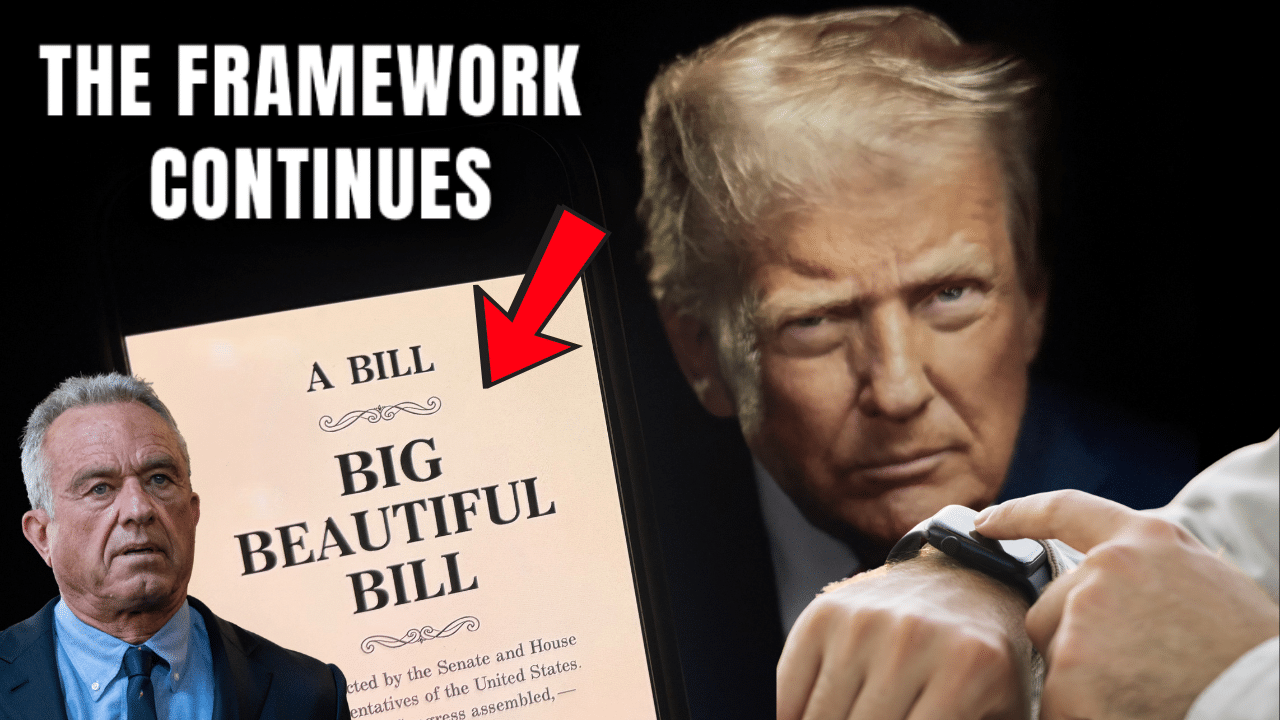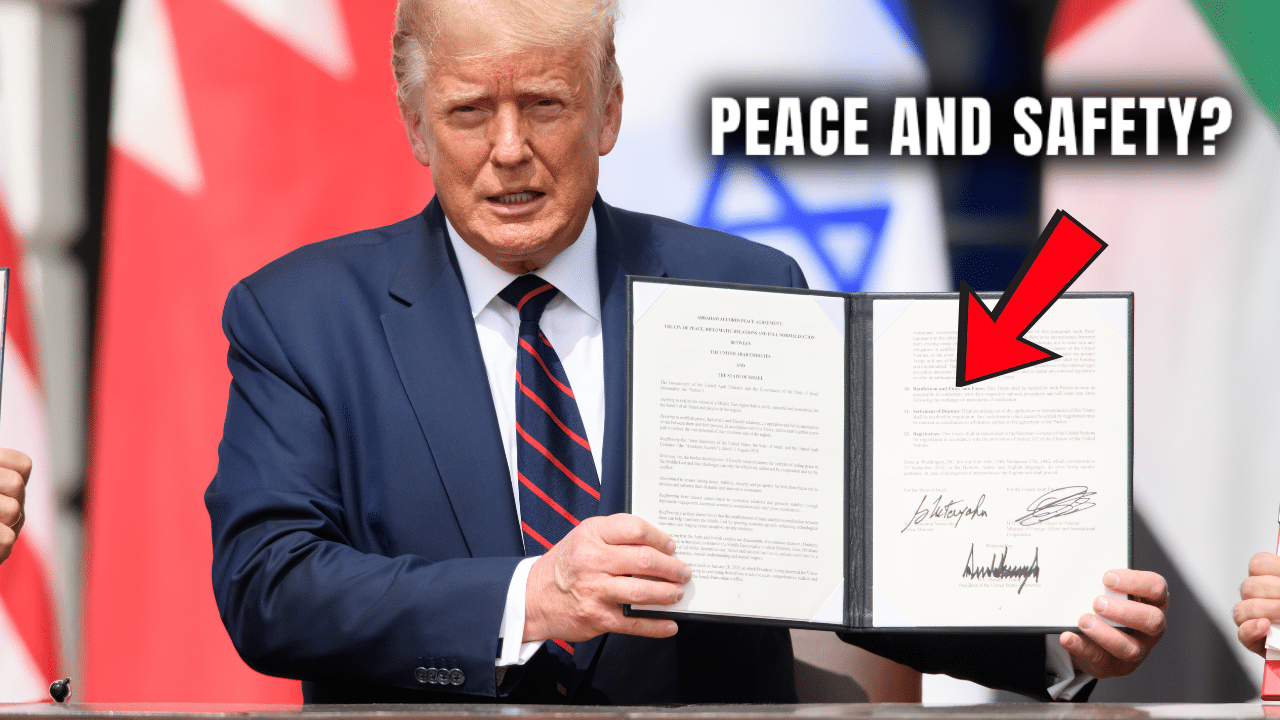A bold and unconventional proposal has emerged from South Carolina, where a Republican lawmaker has suggested honoring President Donald Trump by featuring his image on a newly proposed $250 bill.
This idea, which has sparked both intrigue and debate, has been covered by various news outlets, reflecting a mix of political enthusiasm and skepticism about its feasibility.
The initiative aims to commemorate Trump’s influence on American politics, particularly among his Republican base supporters.
Sources trending on X indicate that the South Carolina representative views this as a tribute to Trump’s economic policies and leadership during his presidency.
The proposal calls for the creation of a $250 denomination—a currency value not currently in circulation—arguing that it would symbolize a fresh economic vision tied to Trump’s legacy.
While no official legislative text has been widely published as of February 26, 2025, the concept has already ignited discussions about the intersection of politics, currency, and historical recognition.
News publications have approached the story from different angles.
Some emphasize the proposal’s symbolic weight, noting that placing Trump on currency would mark a significant departure from tradition, which typically reserves such honors for long-deceased historical figures like George Washington or Abraham Lincoln.
Critics, as reported in various outlets, argue that the move is premature and politically motivated, pointing out that the U.S. Treasury has not introduced a new bill denomination in decades.
One publication highlighted the logistical challenges, including the need for Congressional approval and the Treasury Department’s input, both of which could stall the idea amidst a polarized political climate.
Supporters, however, see it as a fitting tribute.
They cite Trump’s role in reshaping the Republican Party and his administration’s focus on deregulation and tax cuts as justification for immortalizing him on currency.
A news report trending on X quoted a local South Carolina commentator who praised the proposal as “a way to keep Trump’s America First agenda alive,” suggesting that a $250 bill could resonate with voters who still champion his policies.
Skeptics have raised practical concerns beyond the politics. Introducing a new denomination like the $250 bill would require significant updates to banking systems, ATMs, and anti-counterfeiting measures—issues that some news analyses describe as costly and unlikely to gain traction in a divided Congress.
Others question the choice of $250, an unusual amount compared to the more typical $100 or $500 increments historically considered, though no outlet has confirmed an official explanation for this specific figure.
The proposal’s reception has been predictably split along partisan lines. Progressive-leaning publications have dismissed it as a gimmick, with one editorial calling it “a stunt to appease Trump’s base rather than a serious policy idea.”
Meanwhile, conservative-leaning sources have celebrated the creativity, framing it as a bold statement against what they describe as an entrenched establishment resistant to Trump’s legacy.
Currently, the idea remains in its infancy, with no formal bill introduced in the South Carolina legislature or Congress.
Whether it gains momentum or fades as a fleeting headline remains uncertain. News coverage suggests that while the notion of a Trump $250 bill has captured attention, its path to reality faces steep hurdles—both practical and political.
For now, it stands as a provocative talking point, reflecting the enduring polarizing figure of Donald Trump in American discourse.










